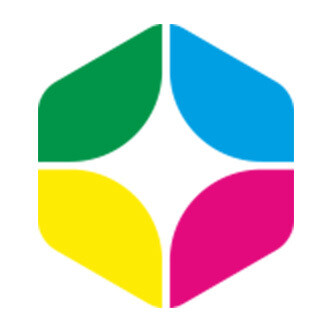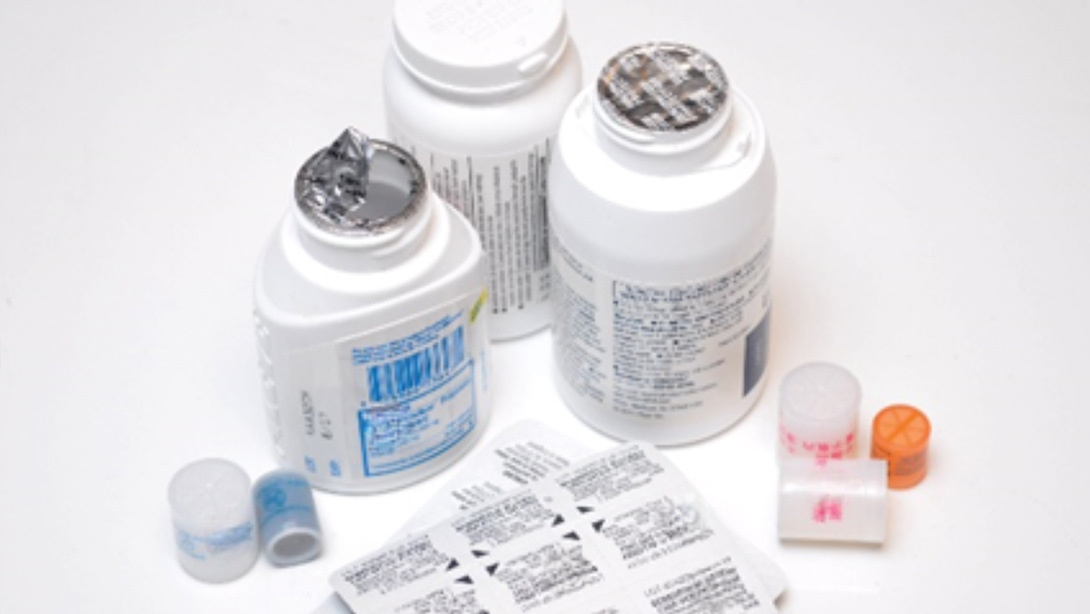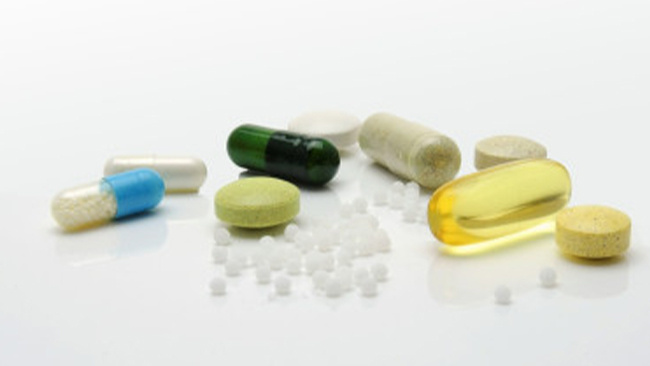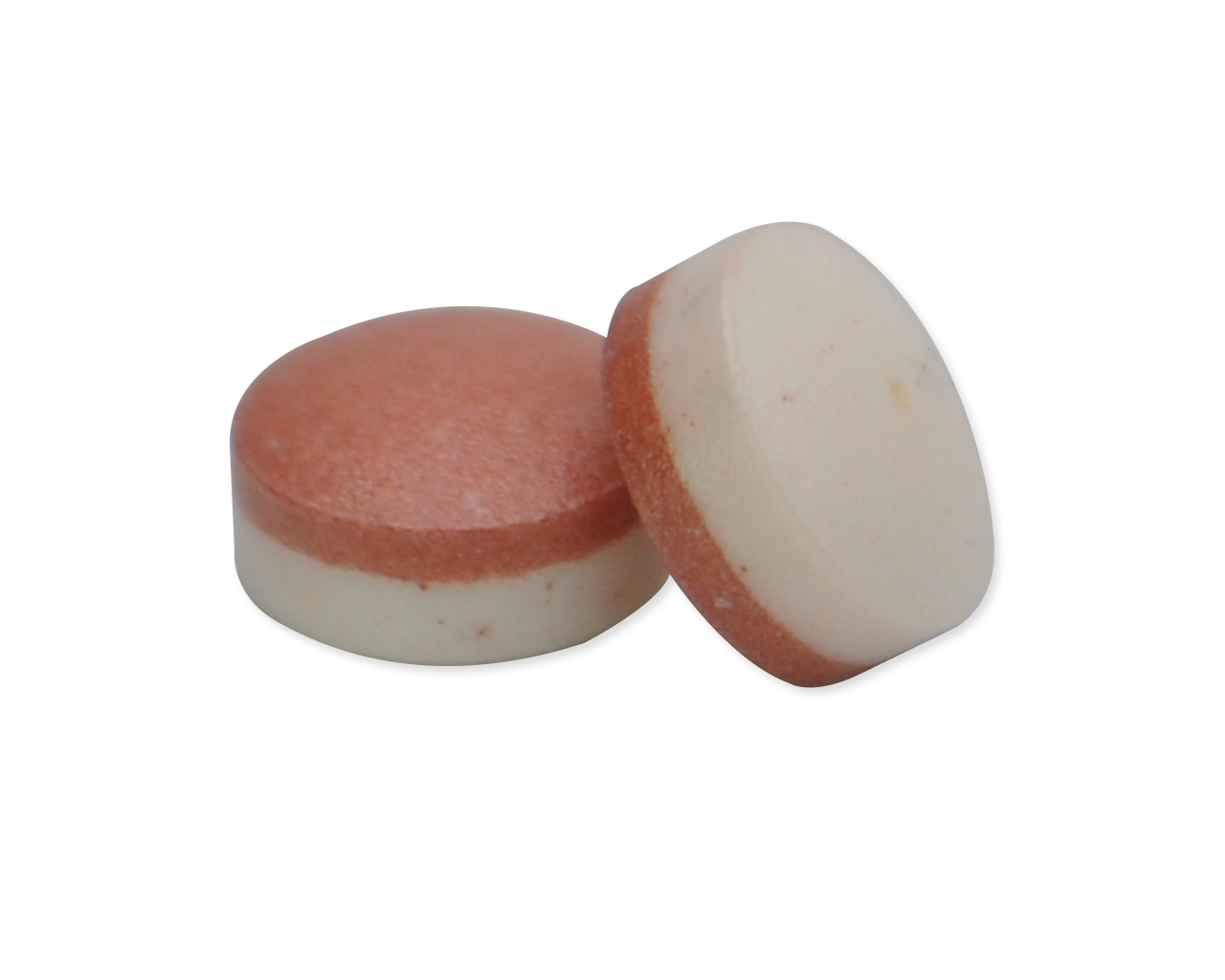Designing Tablets: Patient Compliance Solutions for Medicine Adherence
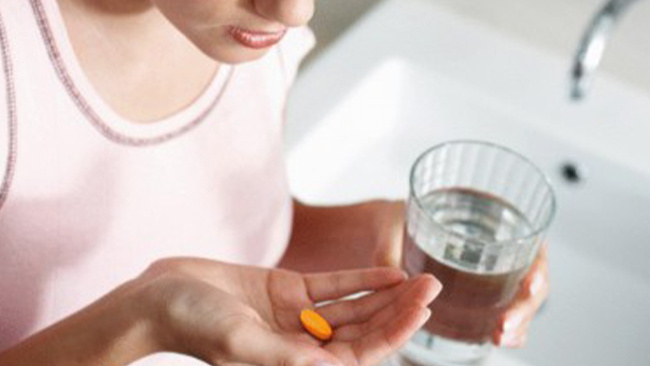
If you’ve ever had trouble swallowing a tablet or capsule — feeling like it got “stuck” in your throat —you are not alone. In a survey conducted by Harris Interactive,1 more than 40% of adults reported having trouble swallowing prescription medication.
That difficulty, in turn, can cause patients to not comply with prescription drug regimens.
The World Health Organization (WHO) reports that poor patient compliance can lead to additional medical costs and adverse health outcomes, which is why regulators around the world have decided to step in.
Recent guidance from both the U.S. Food and Drug Administration (FDA) and the European Medicines Agency (EMA) highlights the importance of "Safety by Design", drawing attention to tablet dimension, coating and appearance.
What Can You Do to Ensure Patient Compliance?
The regulatory agencies have provided some guidance to pharmaceutical companies on how to best improve patient compliance and medicine adherence. They consider patient motivation and esae of swallowing important issues for manufacturers to address, taking into consideration:
- Tablet size and shape
- Tablet coating and color differentiation
By creating your dosage form with the patient in mind — and following the tips below — you can make a tablet easier to swallow, both literally and figuratively.
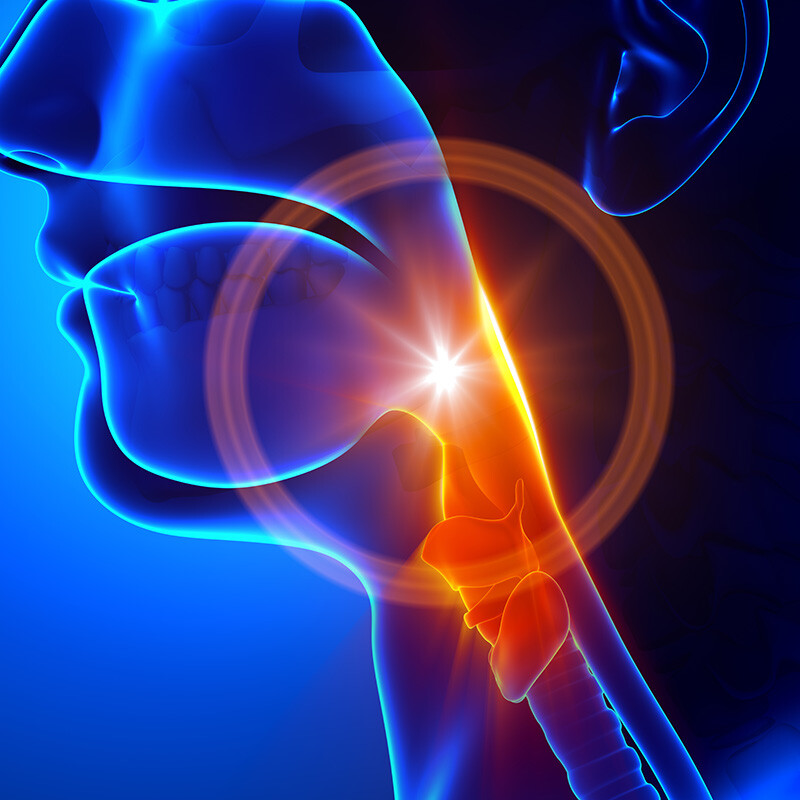
3 Ways to Increase Medication Adherence
For pharmaceutical companies looking to improve medication adherence and patience compliance, there are three main ways to approach tablet design to achieve this.
Minimize Size
Smaller is better. An FDA guidance on tablet design reports that complaints from patients about swallowing increase when tablets have diameters exceeding 8 mm. And the agency states that the largest dimension of a tablet or capsule should never exceed 22 mm.
So, how can you overcome the need to develop a large tablet?
In practice, formulators can address size by selecting ingredients and process to effectively minimize overall tablet weight and size. Even so, we know that dose strength, compressibility and other factors make it a challenge to keep tablet size down.
Streamline Shape
Changes in dimensions can create a completely different feel of the tablet without altering the dosage size. Shape, diameter and thickness of a tablet can also influence patient perceptions.
Consider the three tablets seen in the image below. While each tablet is sized differently, they all weigh the same.
It’s important to know which design will suit patients more, since certain shapes and dimensions may be considered a choking hazard for some. Colorcon’s BEST® tablet design service enables brand owners to make better-informed decisions on tablet design, saving significant development time and cost.
Use Glossy Coatings
In real life, this could mean the tablet sticking in the throat or esophagus, where it could start to disintegrate and cause irritation. In patient populations with swallowing difficulty, this is a significant issue to address.
So, remember, when designing a tablet to ease swallowing, make it small — under 8 mm in diameter when possible, and always less than 22 mm. Make it oval-shaped, or a shape with more rounded edges, and don’t forget the coating.
To preview your tablet designs and request film coated 3-D printed prototypes, Connect with Colorcon and work directly with our BEST tablet design experts to deliver a perfect finish for your drug products.
